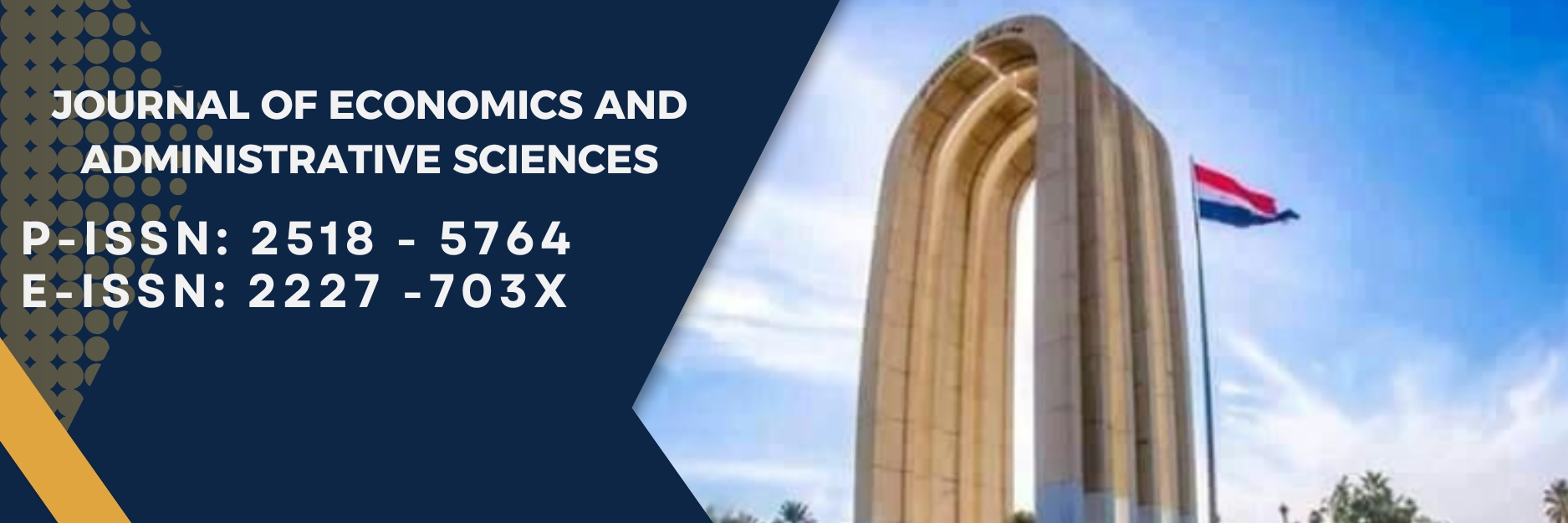Estimate size sub-population by Killworth method
DOI:
https://doi.org/10.33095/jeas.v24i108.1341Keywords:
NSUM, Hidden population , Scale-up method, Kill worth methodAbstract
The aim of the thesis is to estimate the partial and inaccessible population groups, which is a field study to estimate the number of drug’s users in the Baghdad governorate for males who are (15-60) years old.
Because of the absence of data approved by government institutions, as well as the difficulty of estimating the numbers of these people from the traditional survey, in which the respondent expresses himself or his family members in some cases. In these challenges, the NSUM Network Scale-Up Method Is mainly based on asking respondents about the number of people they know in their network of drug addicts.
Based on this principle, a statistical questionnaire was designed to include questions about population groups known to the number and other questions related to the target community, interviewed or interviewed by their parents at Ibn Rushd Hospital in Baghdad, with 104 persons for the period from April to June 2017.
In order to extract the indicators, we was used network's package in R. First, the estimation of the personal network size is estimated by relying on the number known of 20 groups. In the Recursive Back estimation of these groups, the groups whose estimation is very remote
The real value and here will be used 3 methods for the purpose of deleting the groups with weak estimates, namely the method of (direct deletion , trimming and successive) method have been found that there are 8 groups were underestimated and this means will be based on 12 groups to estimate the number of users and the number of (33,183) people, including (6,636) persons under the age of 18 years.
Downloads
Published
Issue
Section
License

This work is licensed under a Creative Commons Attribution-NonCommercial-NoDerivatives 4.0 International License.
Articles submitted to the journal should not have been published before in their current or substantially similar form or be under consideration for publication with another journal. Please see JEAS originality guidelines for details. Use this in conjunction with the points below about references, before submission i.e. always attribute clearly using either indented text or quote marks as well as making use of the preferred Harvard style of formatting. Authors submitting articles for publication warrant that the work is not an infringement of any existing copyright and will indemnify the publisher against any breach of such warranty. For ease of dissemination and to ensure proper policing of use, papers and contributions become the legal copyright of the publisher unless otherwise agreed.
The editor may make use of Turtitin software for checking the originality of submissions received.

























